|
It seems to be an essential tradition among birders to produce a summary of their year, so here's a brief look back at my own, which has been pretty decent. With 2021 being my first full year back in the Peterborough area, I decided to attempt a year list based on the Peterborough Bird Club (PBC) area, which is something that local birder Mike Weedon (and, less so, others) have been doing for years now. I must say I find the PBC area, which is cross shaped, centred on the city and extending in fingers to the north, south, east and west, a little odd, although it was defined many years ago and it seems a little churlish to consider shifting the boundaries when so many have sculpted their birding habits on it over the years. Despite some enjoyable birding in the final weeks of 2021, no new birds worked their way on to my local year list, which meant that I finished up on 194. This was a really pleasing result given that I was out the area for two months of the year (including three weeks in Ireland in the autumn), falling one short of the all-time record for the area. Two additional species seen, Ruddy Shelduck and White-tailed Eagle, aren't included, even if the former looks an imminent addition to the British list (the latter was a released IoW bird). Drilling a little deeper into the data finds I recorded 155 species at Baston Pits and 141 at Baston Fen, with a combined total of 166. Species such as Corn Bunting and Tree Sparrow just about cling on but become harder to find each year. Grasshopper Warbler didn't breed this year and last spring's Nightingale didn't return. The notable winners include Egyptian Goose (a big upturn in records this year), Bittern and Great Egret, while Garden Warbler had another strong showing. It was a pretty interesting year across the area, with some real ebbs and flows. The first winter period was extremely wet and at times very cold, and February's cold snap was tough for birds yet superb for producing local rarities (more on that here). Spring was largely cold and tough, ranging from disappointing to downright frustrating (with some exceptions). June was excellent, with the patch Caspian Tern definitely one of my birds of the year, as was a local Montagu's Harrier. Late summer was enjoyable for waders as water levels finally began to drop a little. However, persistent northerlies in late August rather spoilt what should have been peak time for passerine migrants, with the cool and blustery days making searching a challenge. By mid-September my attention was increasingly becoming focused on the far west and I was desperate to get over to Ireland. Despite it turning out to be a largely disappointing autumn across these isles (declared the 'worst autumn ever' by more than a few), and Mayo some way off top form, we nonetheless did pretty well out on Achill with two Nearctic passerines and a few scarcities to boot. The rest of the year was spent focusing on the PBC area once more in the vain hope that it might be possible to push the year list up to 200. With the addition of Eurasian Dotterel and Pacific Golden Plover (two of the latter, no less!), it seemed that the dream might be alive. Alas it wasn't meant to be, with some nice finds (including my second and third Ring-necked Ducks of the year and the Deeping Fen PGP) not equating to additions to the year list, and my final year tick was the Thorney PGP on 2 November. While there were some excellent species recorded across the area in 2021, notable absences (at least from a twitchable perspective) included Pied Flycatcher, Temminck's Stint, Waxwing, Hawfinch, Glaucous Gull, Tundra Bean Goose and Yellow-browed Warbler, all of which are seen in most years. Breaking the 200 barrier must be possible in the Peterborough area, but key to that is a productive spring as well as cold snaps in winter and the odd influx. My intention for 2022 is to focus more fully on the wider patch between Tallington Lakes and Baston Fen, with an aim of recording as many species across this area as possible and focusing on doing so by 'green' means (i.e. bike) as part of the #LocalBigYear initiative. I can't anticipate hitting the heights I did this year in a PBC sense, but I should at least hopefully be a bit fitter ...
1 Comment
Since moving back to the Deepings area in late 2019, I've been making a fairly regular habit of checking the local sewage works during the winter months. There are two within striking distance, one at Deeping St James and the other near Barnack (confusingly called 'Stamford' by Anglian Water despite being just into Cambridgeshire). This was a new type of birding for me, which can be frustrating at times but also productive with patience.
Of the two sites, Deeping St James is by far the easier to work, with a footpath around the perimeter. Last winter it had a handful of Common Chiffchaffs, but my first visit this winter produced nothing. But the sun was out on Thursday and it was calm, so I went down for a look. I'd done a circuit of the site and not seen a single Chiff in 30 minutes and was close to giving up when a familiar peeping emanated from the hedge on the south side of the road, opposite the works, before flying across the road and disappearing into the compound.
Though missing for a while, the bird started vocalising again a little bit later and I was able to make some recordings. The call itself is quite interesting; to my untrained ear it sounded like a tristis peep, but looking at the sonograms seems to show that it's more of a 'sweeo' call. However the frequency of this, and an only slight rise and fall on the sonogram, seems to be OK for tristis, from what I can see in available literature and comparing to recordings made across core tristis wintering range.
It was remaining deep inside the compound, out of view, but I was interested to see how it responded to playback, so gave a short burst of tristis call. Immediately I noticed the bird bounding through the thicket towards the perimeter fence, and it started calling back. I played a short snippet of tristis song and the bird went absolutely crazy, quickly climbing to the top of the trees, flicking its wings and looking around restlessly.
I repeated the experiment with typical collybita calls and song, but the bird showed no interest and all I managed to draw in were a couple of Common Chiffs.
Thankfully the Siberian-type gave some excellent views and even sat still at the top of a tree for a while, preening in the sun. This allowed me to obtain some photos, which showed a particularly fascinating bird.
This bird is evidently not what is routinely referred to as 'classic' tristis, which has a uniform, brown-buff plumage, lacking yellow or olive tones, and shows very dark bare parts. The Deeping individual is very pale (note that my images exacerbate this a little and it didn't look quite as white below in the field as it does in many of the shots). It also shows quite a bit of olive in the wings and tail, plus a faint wash in the shoulders and mantle. Furthermore, the fore of the supercilium also exhibits some yellow, while the lower mandible shows extensive paleness, with the feet also paler.
What, then, does this mean? Lately I've spent plenty of time reading many resources on Siberian Chiffchaffs, hybrids and the variation these exhibit. For anyone not aware, Alan Dean's excellent website is a great place to start.
From what I can gather, the Deeping bird must surely fall into the bracket of 'fulvescens', i.e. a bird that looks like a tristis, but shows some minor 'blemishes' in plumage (typically the olive and yellow tones shown in places as in the Deeping bird) that, without good-quality photographs or excellent, prolonged views, would likely be undetectable in the field. What exactly fulvescens consists of is also not entirely clear, although general consensus is that these are 'western' tristis from the Urals east through the West Siberian Plain. Birds in this region look and sound predominately as tristis, although many birds do tend to show subtle olive or yellow plumage traits. This appears to be due to historic (or possibly ongoing to a minor extent) genetic admixture with albietinus, which DNA studies have demonstrated. However, with tristis genes dominant and admixture minimal, most birders seem to consider fulvescens as part of tristis. Without wanting to go too far down the rabbit hole, it is well worth reading the resources on Alan's website, linked above.
This doesn't consider apparent hybridisation elsewhere (i.e. the Urals and further west). However, I would expect a true hybrid from the sympatric zone to exhibit a greater mix of features and also perhaps a range of vocalisations. The Deeping bird only ever gave the one call type. In my opinion, the bird's strong reaction to tristis playback (and lack of interest in collybita vocalisations) is a strong indicator that this is a chiffchaff born and raised in tristis territory. This reaction was notably different to a bird at Stamford STW last winter (more on that below). However, some (most?) committees don't accept fulvescens as Siberian Chiffchaff, preferring only to give the nod to true, classic tristis due to the ongoing uncertainty surrounding fulvescens (see e.g. here). That said, the evidence does seem to suggest that fulvescens falls under the tristis umbrella, although it's a subjective matter of taste as to where you draw the line – similar in many respects to marginal Kumlien's/Thayer's Gulls or, more pertinently, pure Caspian Gulls and hybrids. In my view, not only appearance but behaviour and vocalisations are important to making judgements, and the Deeping bird's strong response to tristis call and song is, for me, a pretty clear indication of where it must have come from. Whatever its origin, this bird has travelled a long way to get to Deeping and that in itself is fascinating. As a friend said to me, it's probably a victim of showing too well – the imperfections likely would have gone unnoticed if it hadn't obliged for these photos! Previous birds Baston Fen, November-December 2020 Of the three 'Siberian-type' Chiffchaffs I have seen in the Peterborough area in the past couple of winters, this was the standout bird. A classic in every respect, with perfect buff-brown plumage entirely lacking yellowish tones, the 'tobacco'-coloured ear coverts and jet-black bare parts, backed up by call, a classic tristis peeping, and its strong response to tristis playback. Unfortunately I was unable to record the call as I only heard it initially, before I'd even seen it, and not again. It was also extremely elusive in willows and very difficult to photograph. Stamford STW, December 2020-January 2021 This bird still baffles me! It was silent on the first occasion I saw it, but stood out from nearby Common Chiffchaffs as pale buff, lacking olive or yellow tones aside a faint wash of yellow in the supercilium, and showed a faint wing bar. For all intents and purposes, it looked like a tristis. On another visit, I heard what sounded like typical tristis-type calls shortly after arriving. These then seemed to morph into alternative 'sweeo' calls before it stopped calling again. On a later visit, this time alongside local birders Mike Weedon and Hugh Wright, we observed this bird giving quiet 'hueet' calls – not full-blooded calls you would expect from collybita, but undeniably sounding like that taxon. Additionally, this bird never responded to tristis playback, either calls or song. But it didn't respond to collybita, either. What this means, I don't know, but it's quite a strong contrast to the previous two individuals, which were both very responsive to tristis calls (and, based on what others with experience of tristis have said, this taxon tends to respond quite strongly to playback). Perhaps it's a bird with mixed genes from the sympatric zone, but it sure looks like a tristis. A fascinating if scary bird, one I ended up not submitting on the basis of its confusing vocalisations and (lack of) responses to playback. |
This pageThe musings of a wildlife enthusiast, usually armed with his camera. Archives
September 2023
|
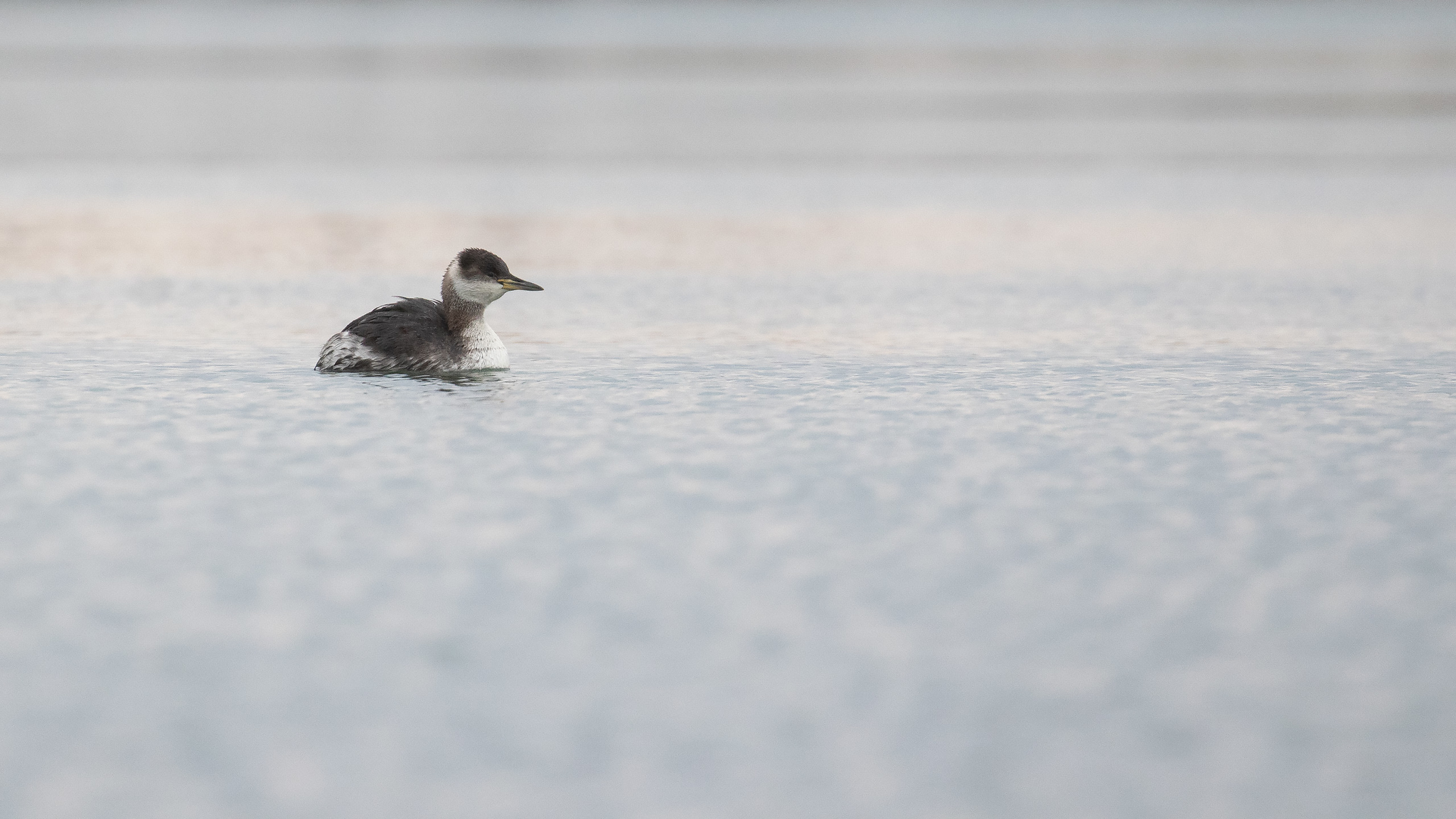
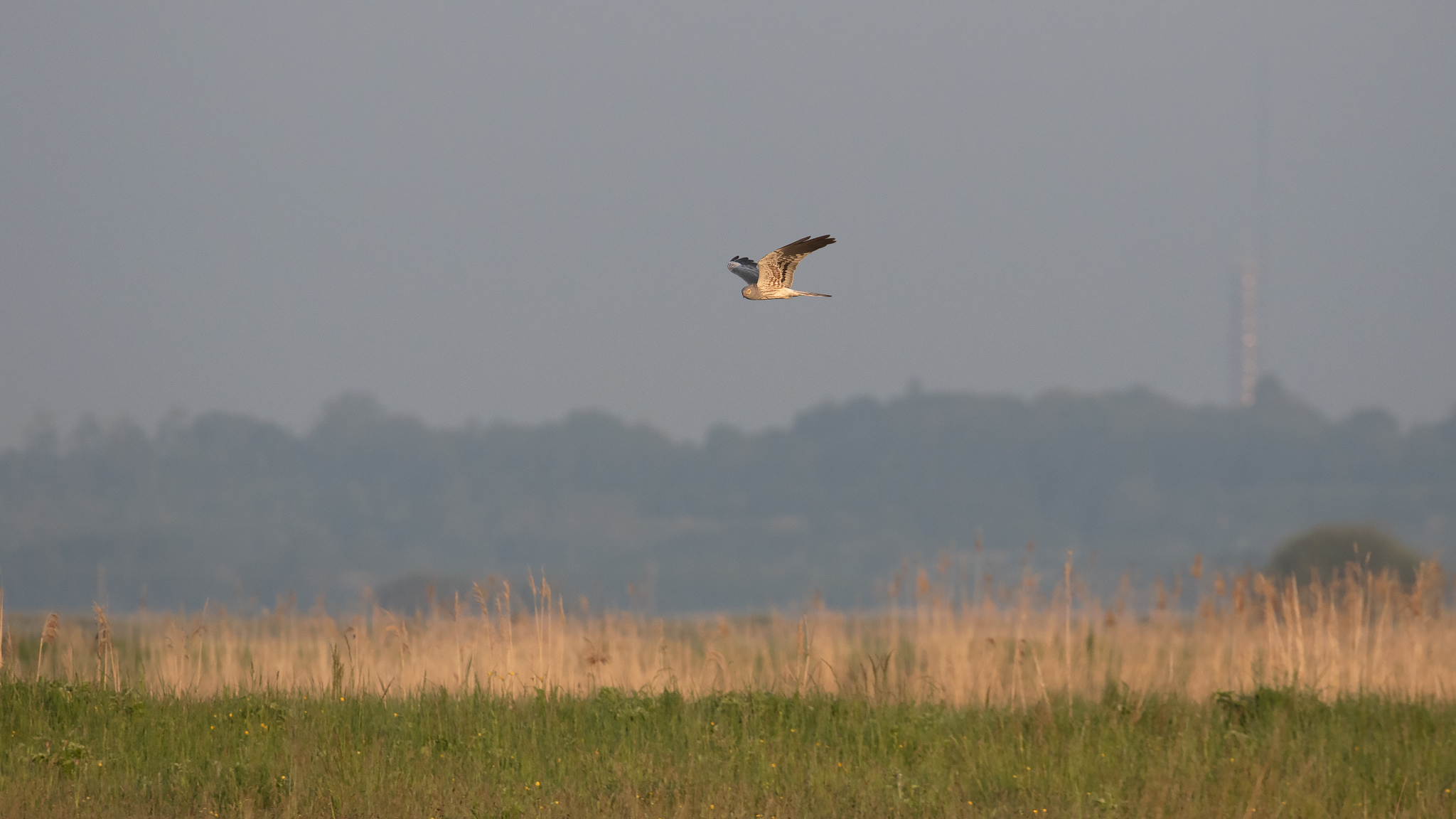
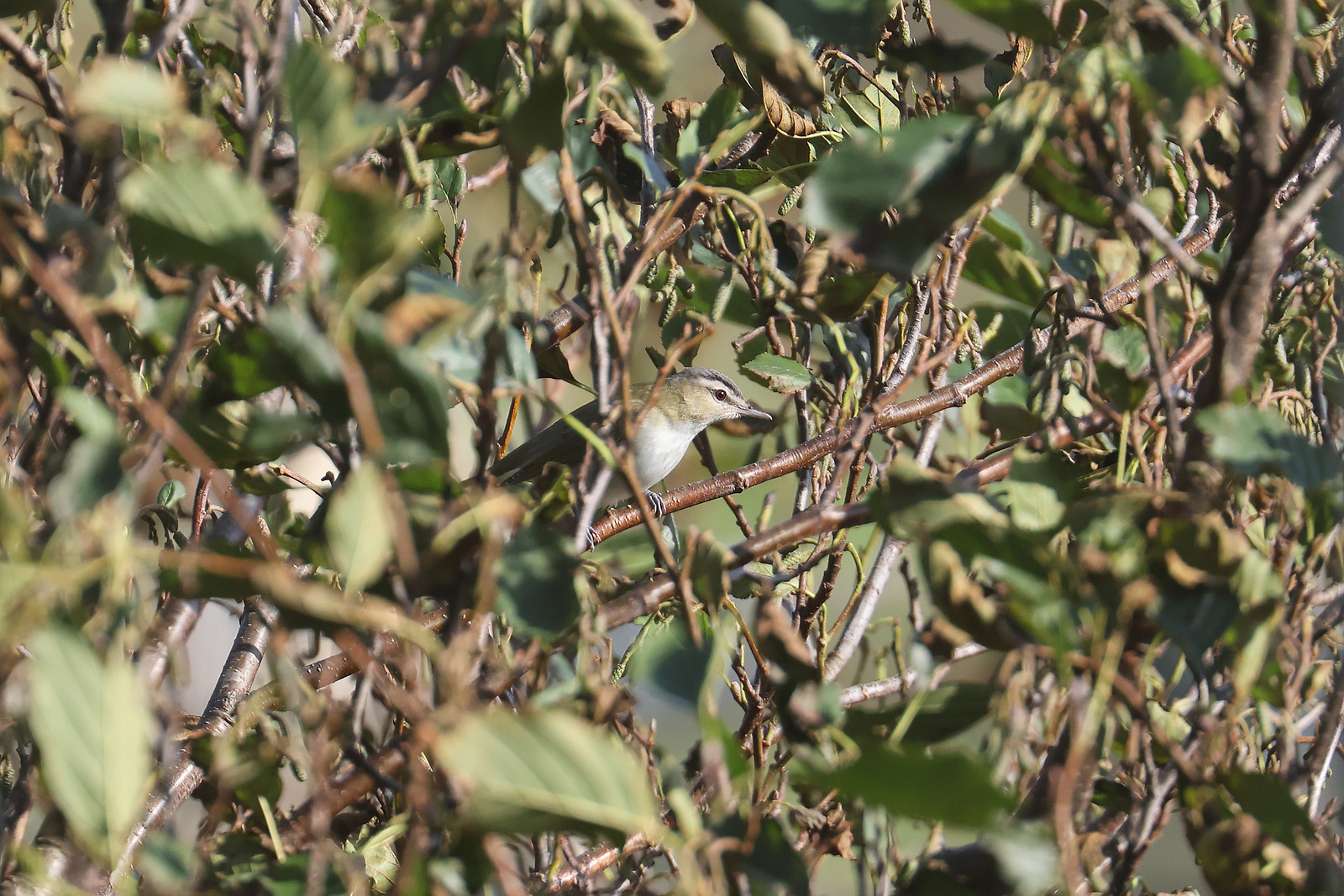

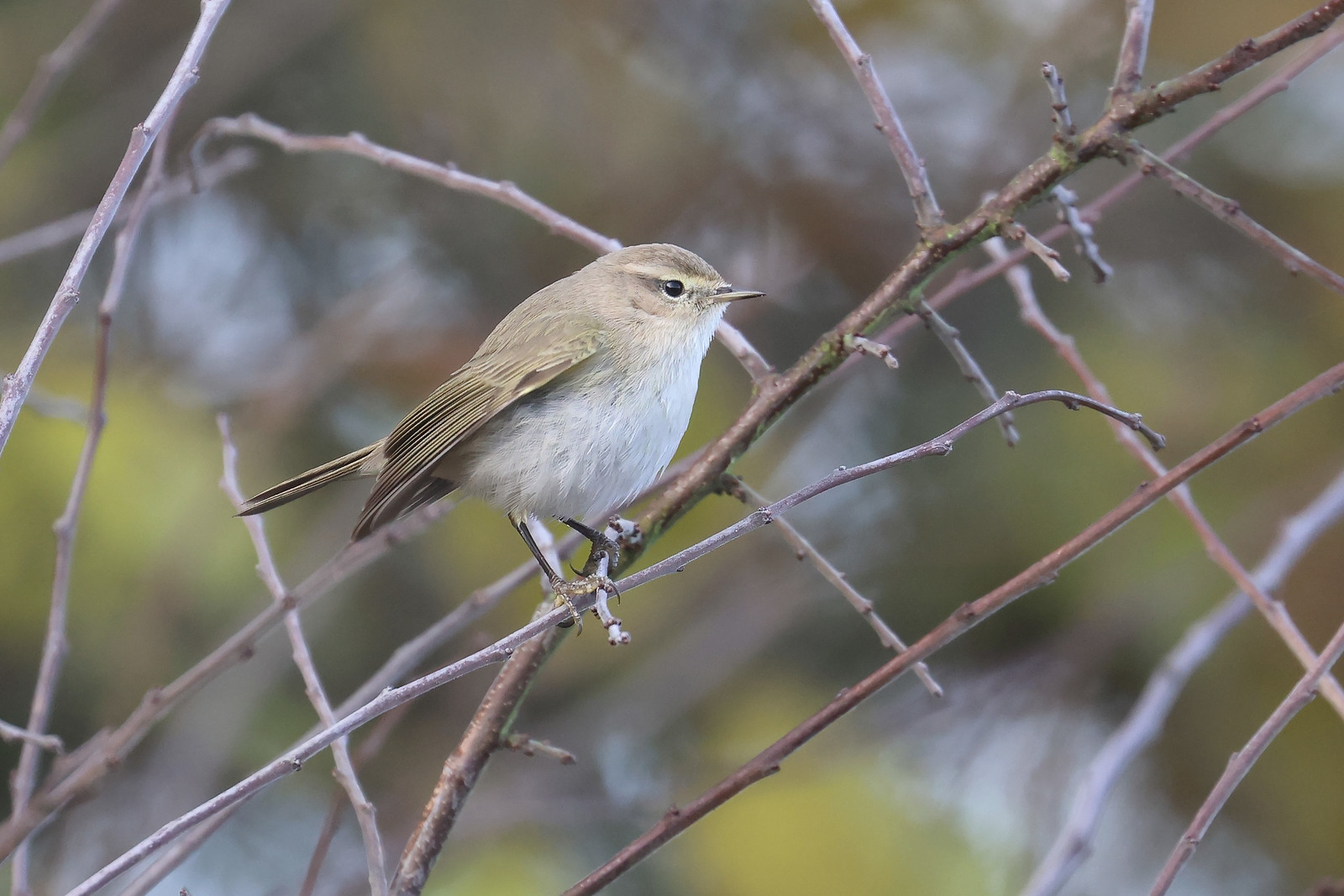
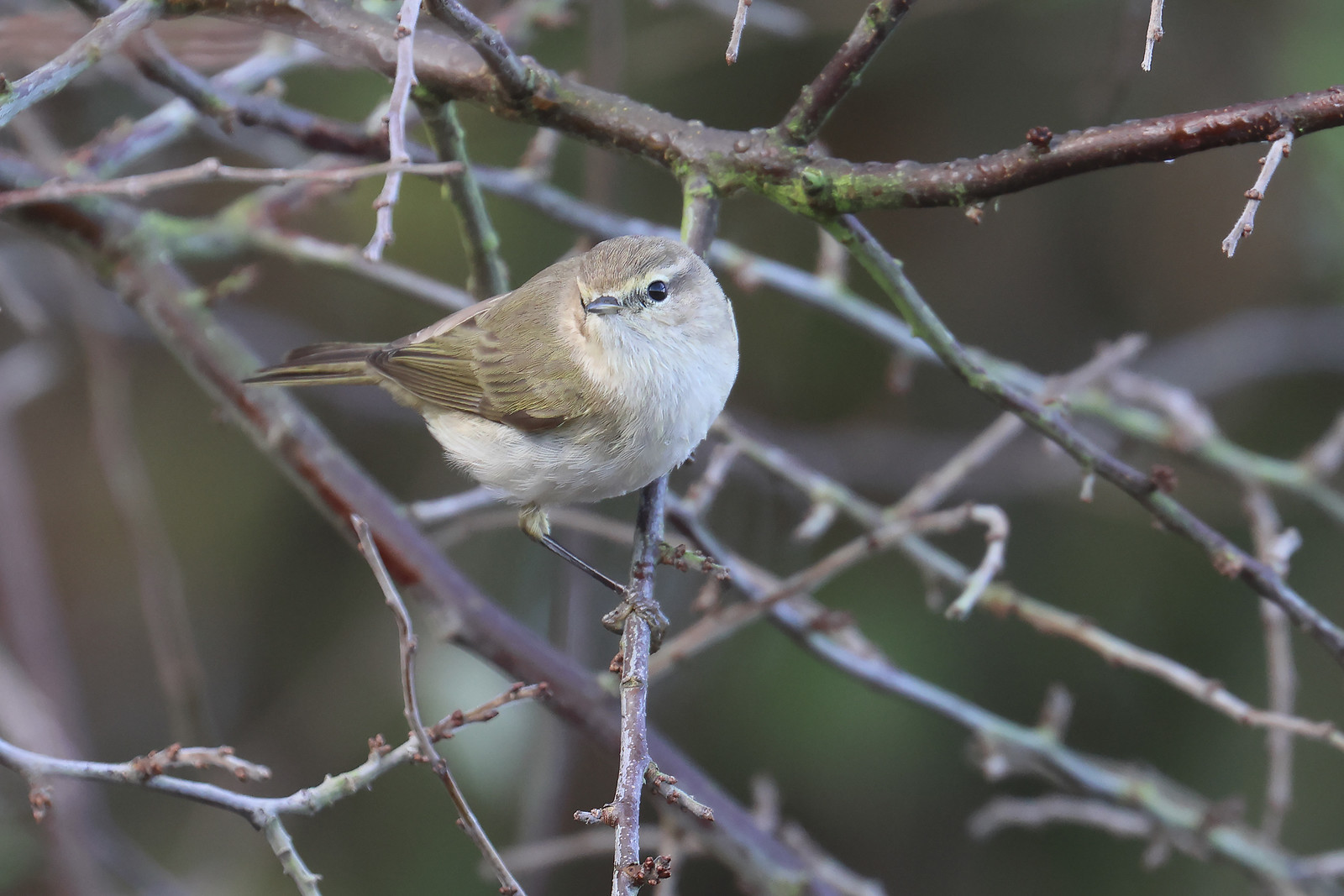
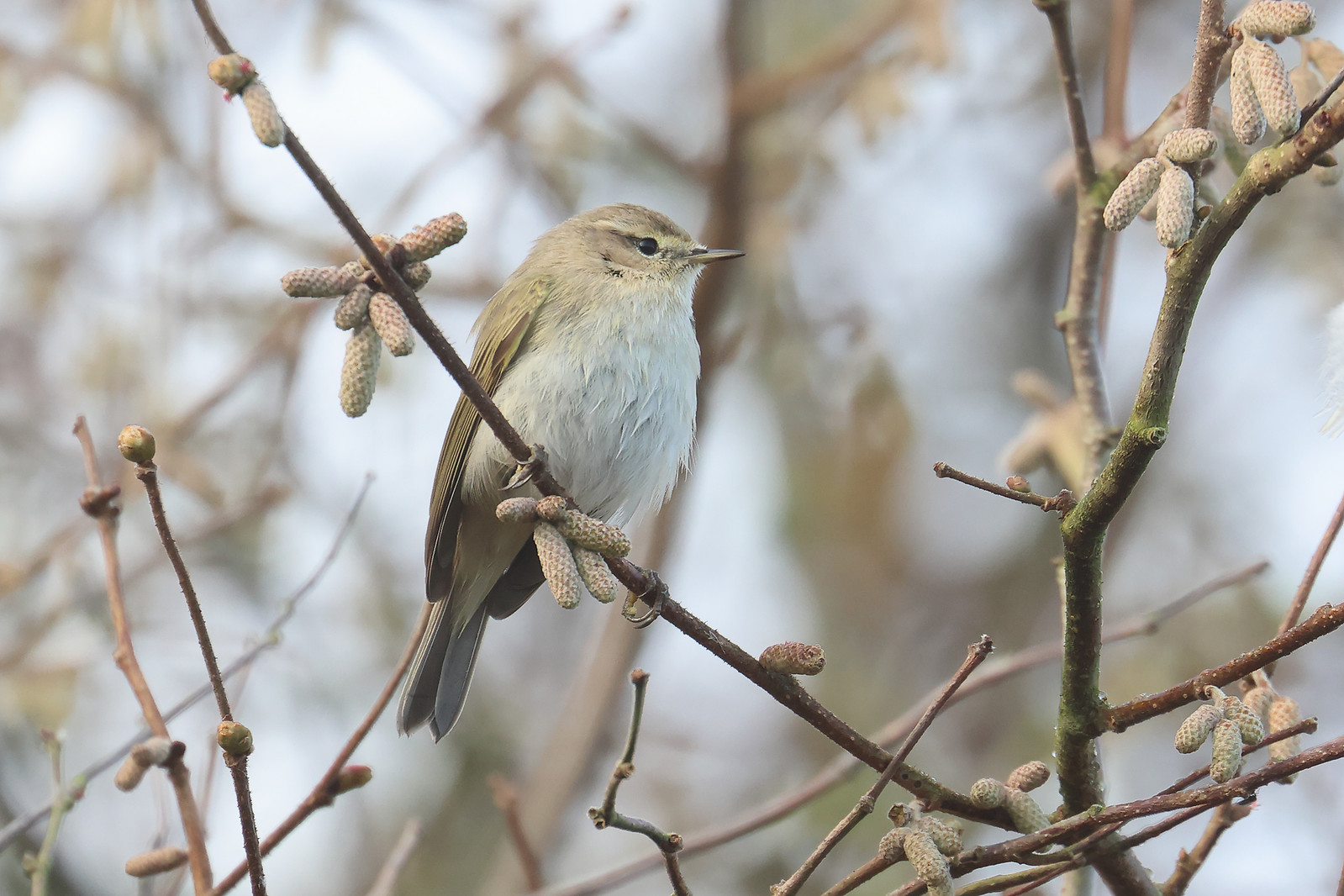
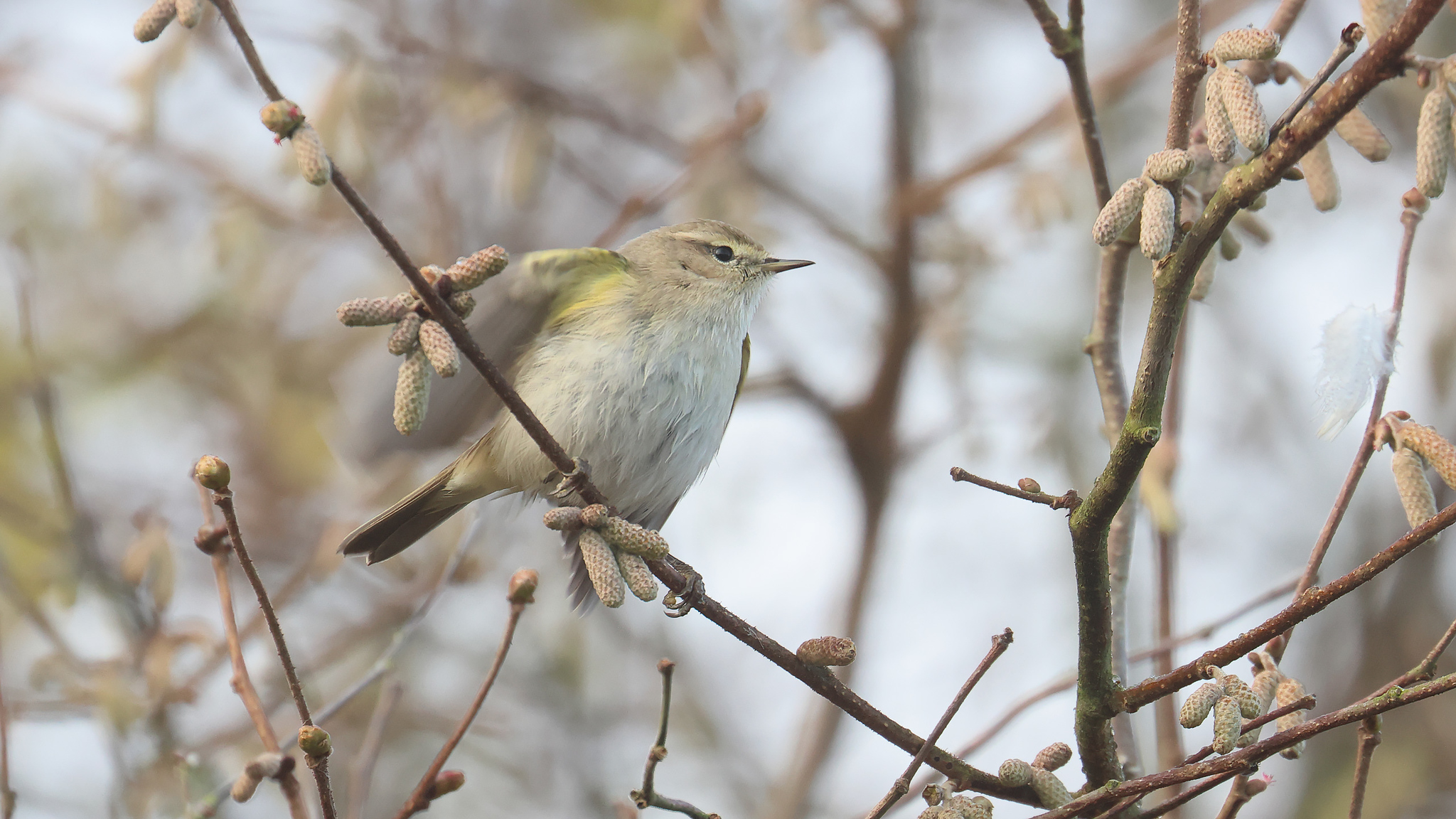
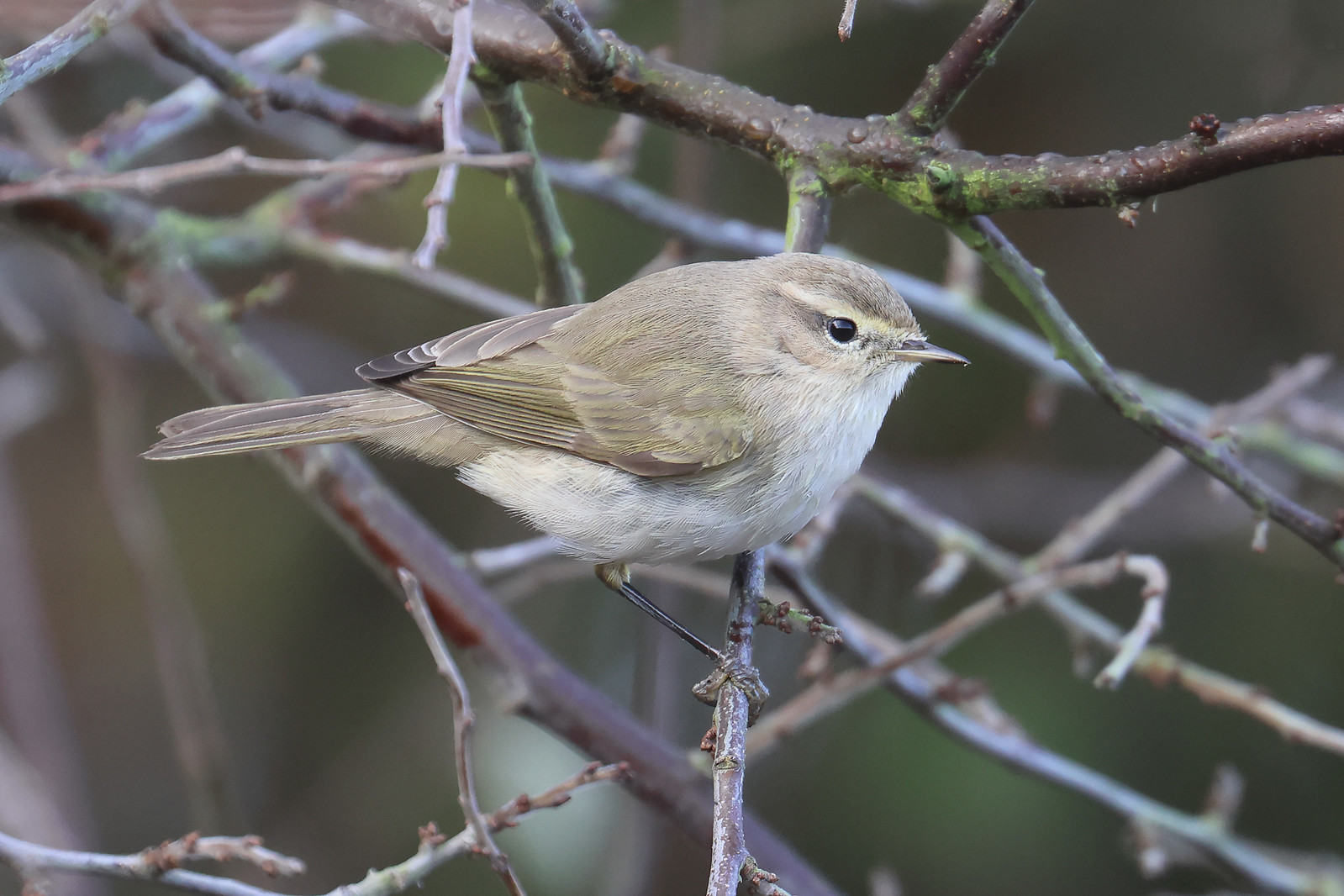
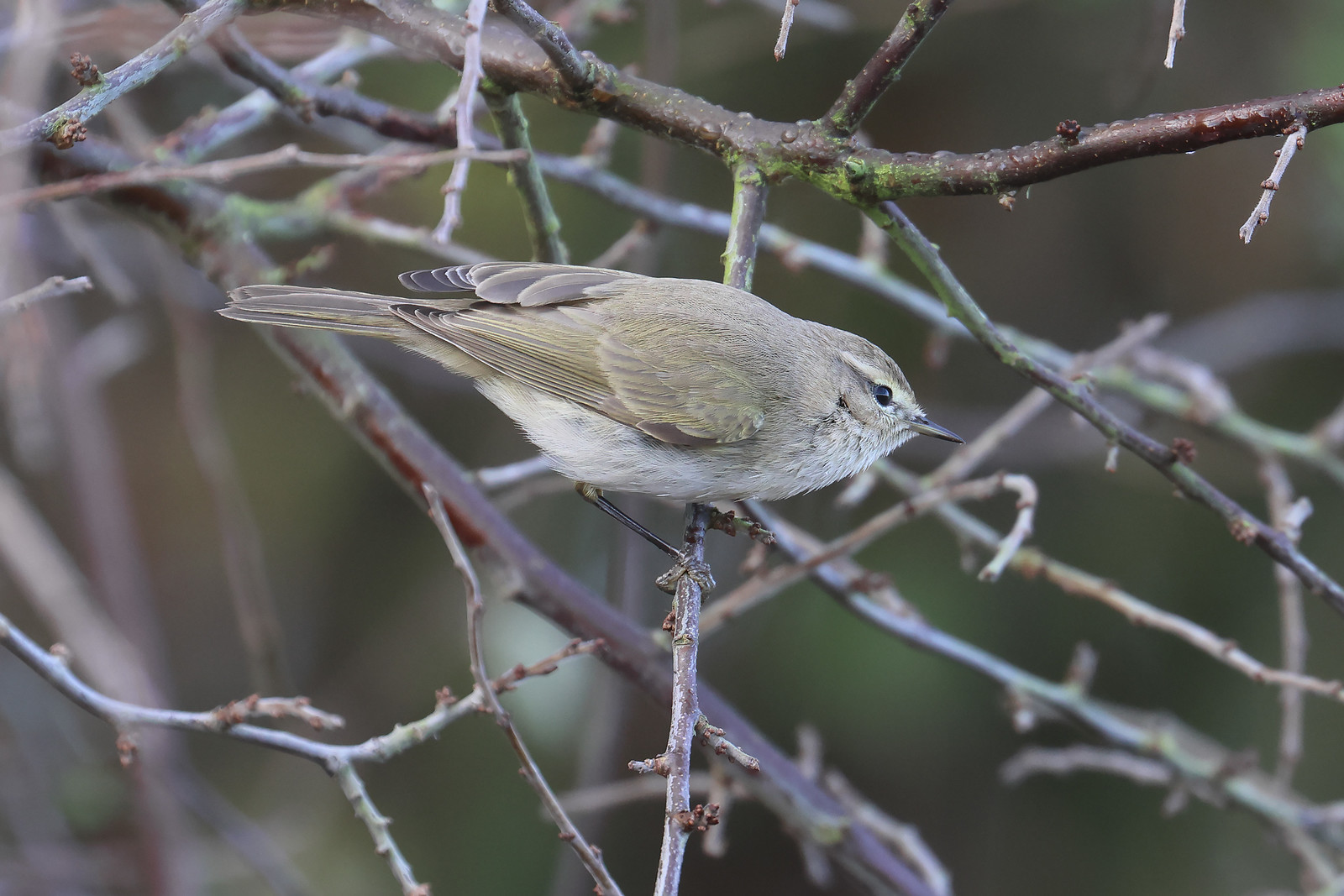
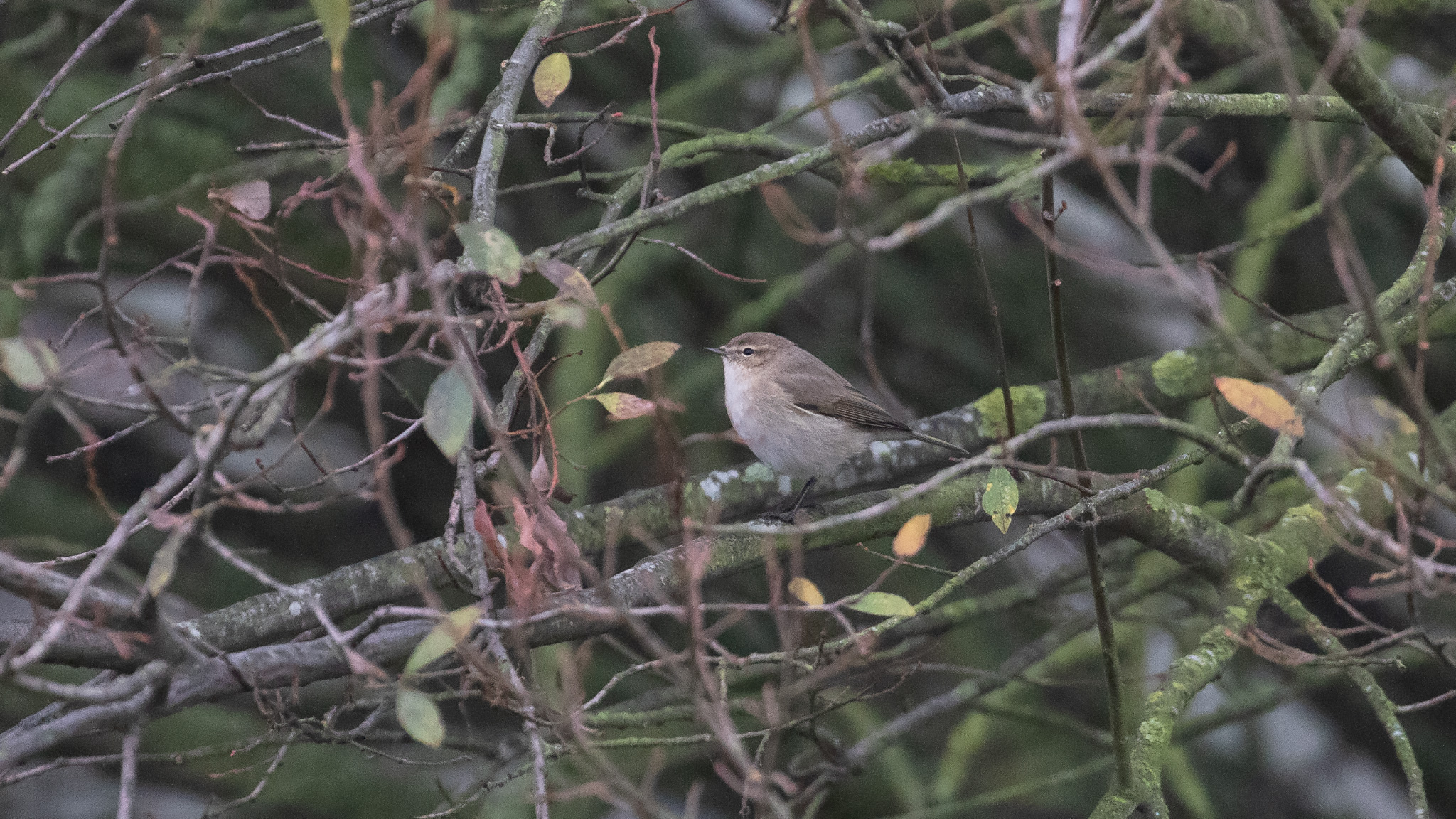
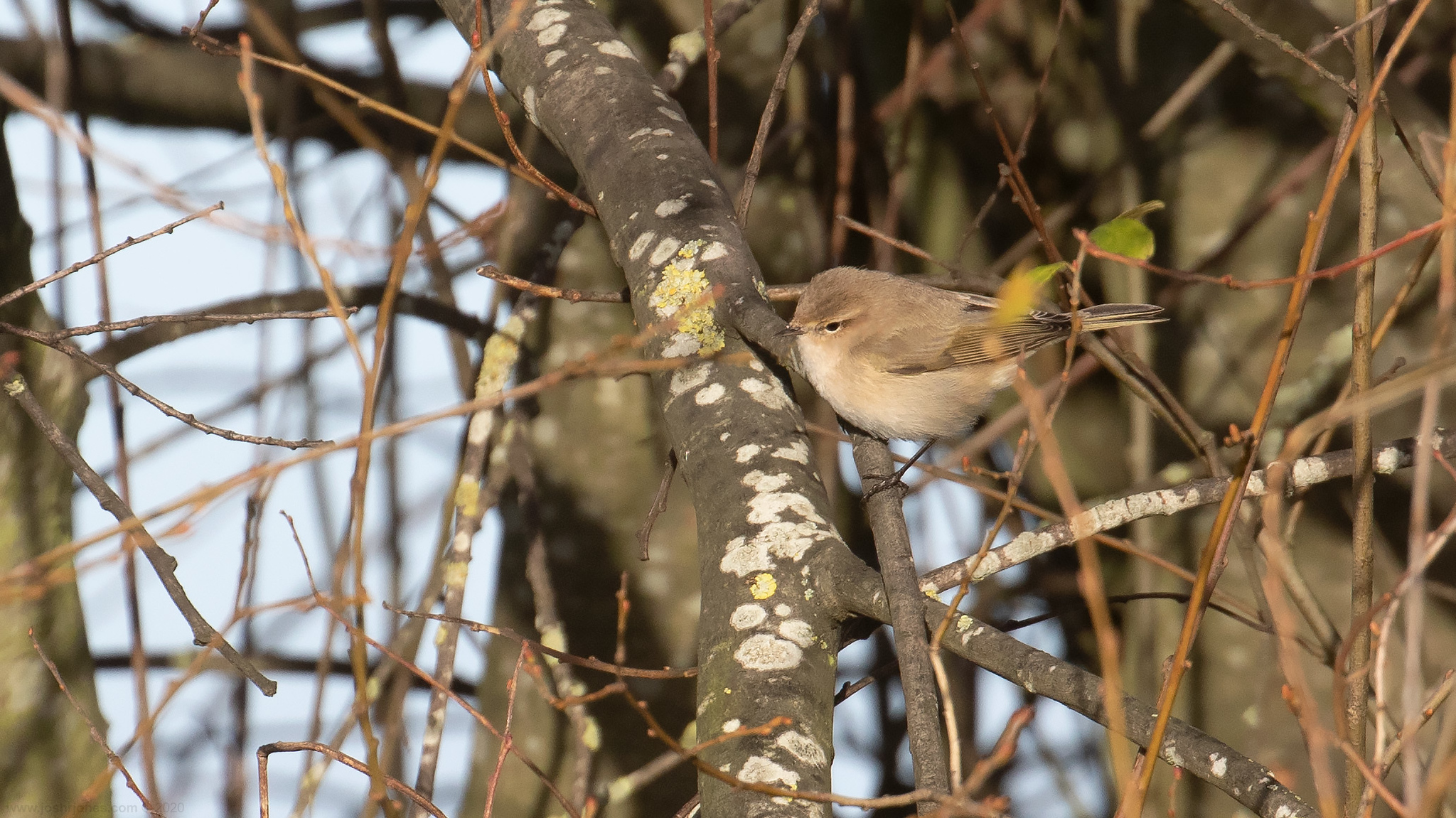
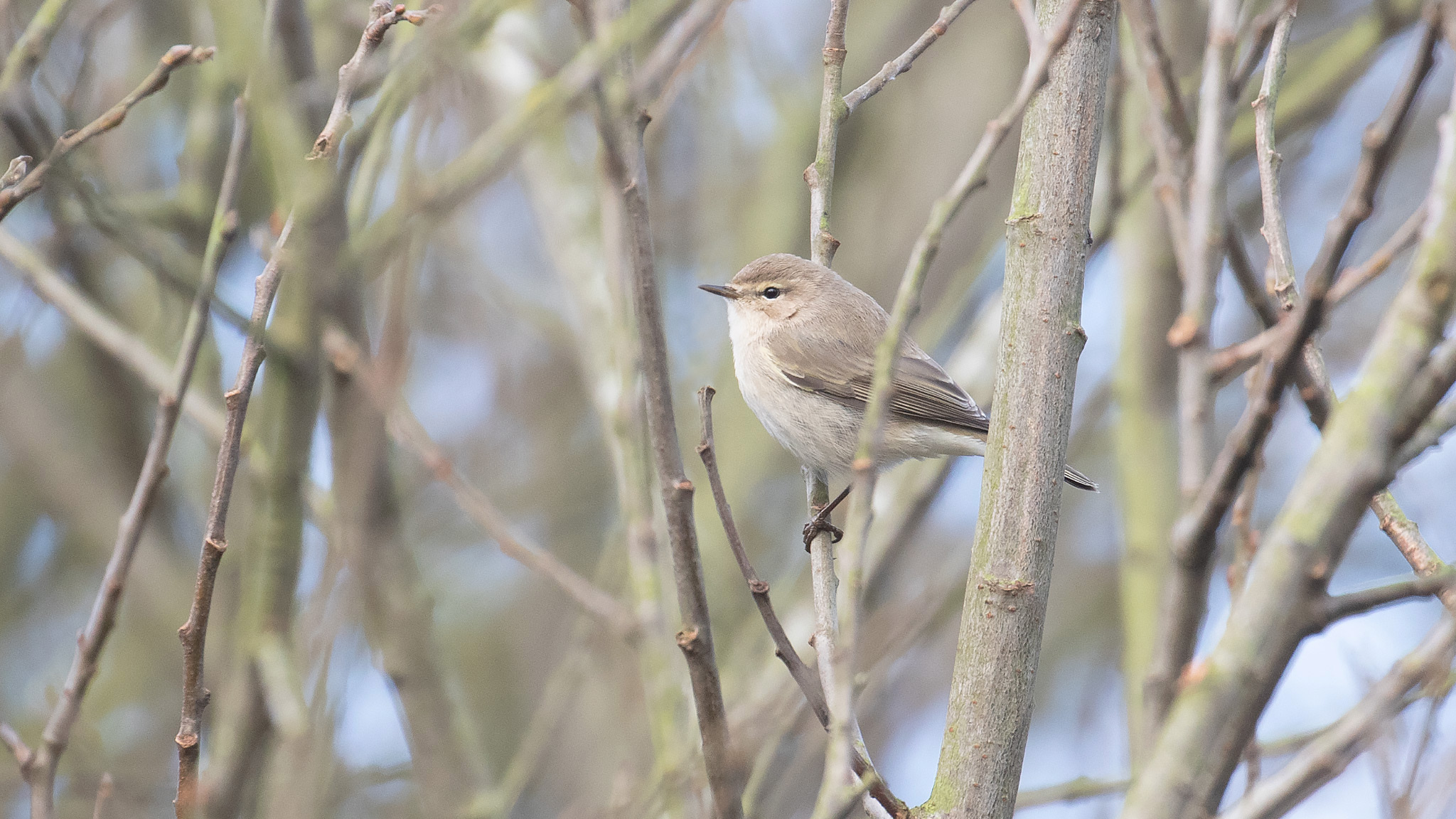
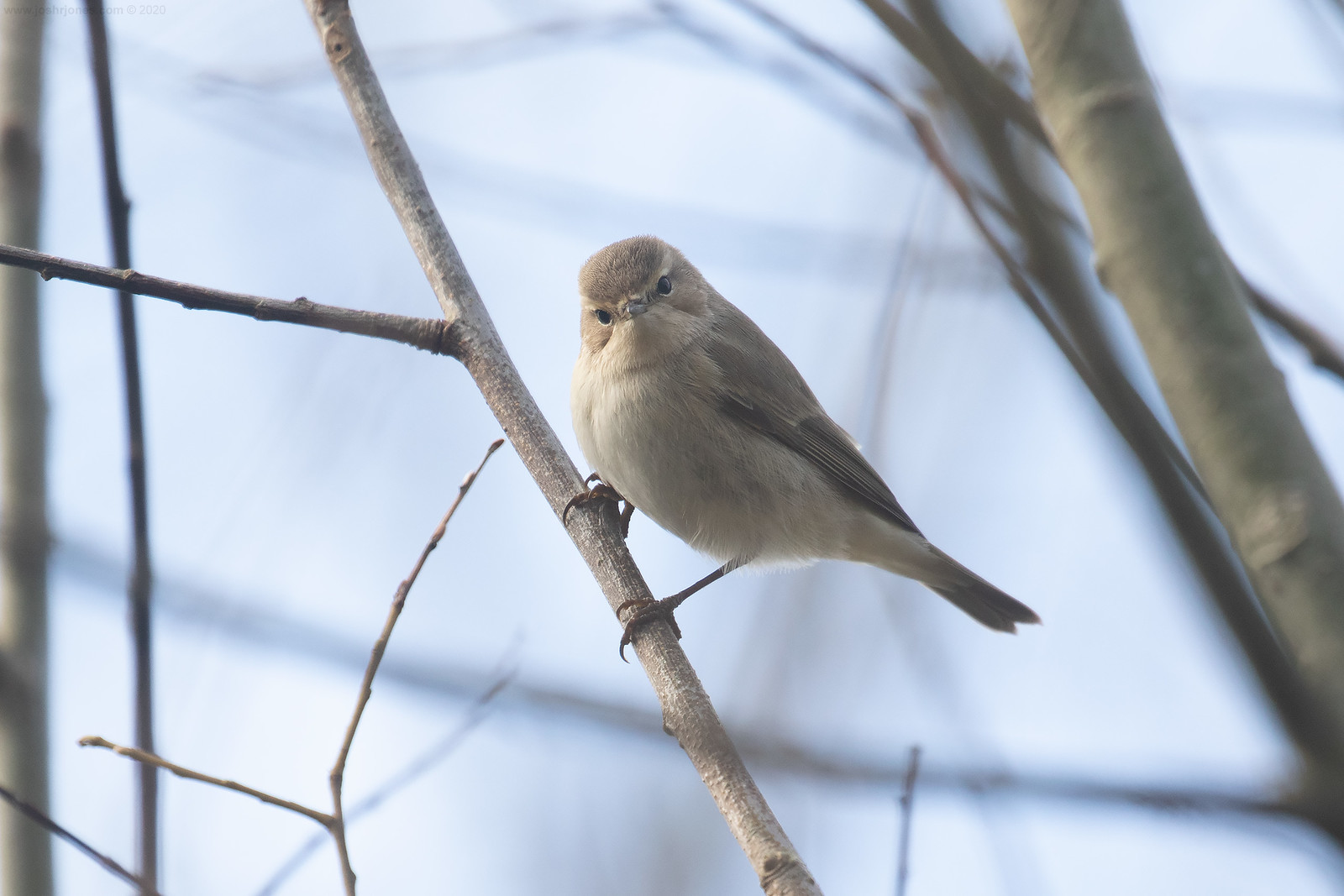
 RSS Feed
RSS Feed